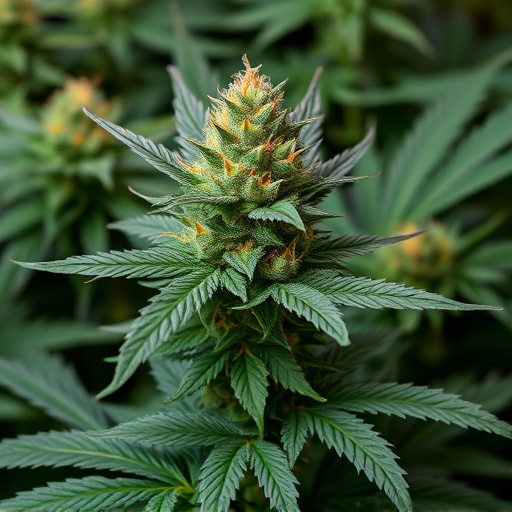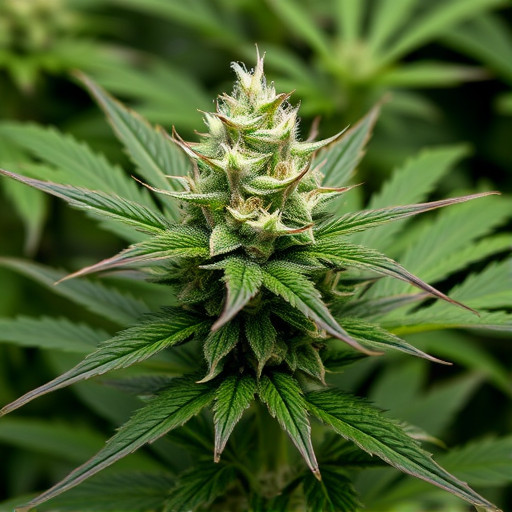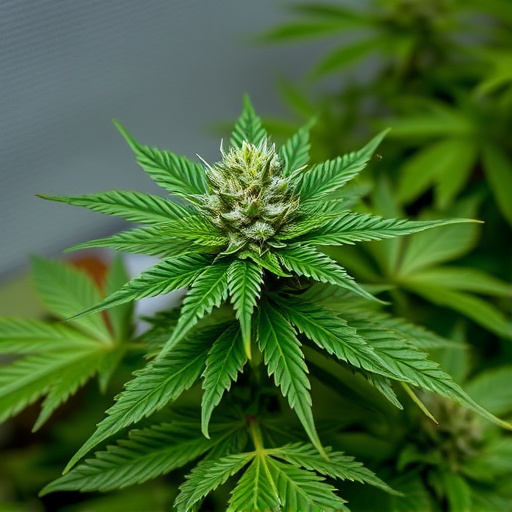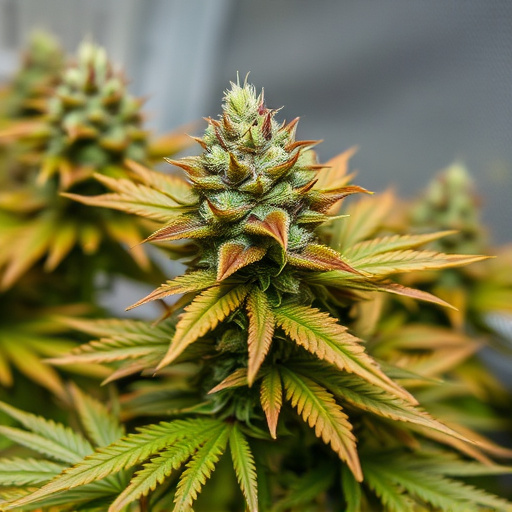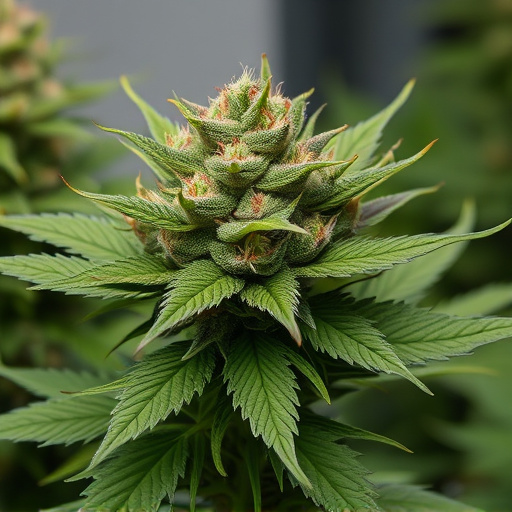Medical marihuana strains offer therapeutic benefits but carry potential negative effects like cognitive disturbances and increased anxiety. To safely consume, users should: 1) start with low doses and increase gradually, 2) choose strains high in CBD to mitigate side effects, 3) use precise dosing methods, 4) consume with meals, and 5) maintain consistent habits while consulting healthcare providers. The ideal strain depends on individual needs and preferences, symptoms, and desired outcomes, with Sativa boosting energy, Indica promoting relaxation, and hybrids offering a balance.
Discover how to harness the power of medical marihuana strains while mitigating their negative effects. This comprehensive guide explores common concerns associated with cannabis consumption, from understanding adverse reactions to selecting the right strains for your specific needs. Learn practical strategies for safe consumption and navigate the world of medical marihuana with confidence, ensuring a positive and beneficial experience.
- Understanding Negative Effects of Cannabis: Common Concerns with Medical Marijuana Strains
- Strategies to Minimize Adverse Reactions: Tips for Safe Consumption
- Choosing the Right Strain for Your Needs: A Guide to Medical Marihuana Selection
Understanding Negative Effects of Cannabis: Common Concerns with Medical Marijuana Strains

Cannabis, or medical marijuana as it’s often called, has gained popularity for its therapeutic benefits in treating various conditions. However, along with these advantages come several negative effects that users should be aware of, especially those relying on medical marihuana strains. Common concerns include short-term impacts such as cognitive disturbances, memory issues, and increased anxiety levels, particularly with high-THC content. These effects can be more pronounced in individuals who consume cannabis heavily or have pre-existing mental health conditions.
Medical marijuana strains vary widely in terms of cannabinoid profiles, including THC (tetrahydrocannabinol) and CBD (cannabidiol). While CBD is known for its potential therapeutic benefits without the intoxicating effects of THC, some strains have high THC levels, which can exacerbate negative reactions. Understanding the specific cannabinoid makeup of different medical marihuana strains is crucial for users to make informed decisions, manage potential side effects, and ensure a safe and effective treatment experience.
Strategies to Minimize Adverse Reactions: Tips for Safe Consumption
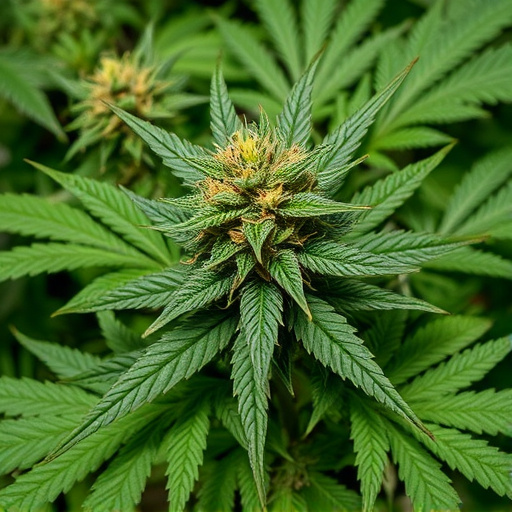
To minimize adverse reactions from cannabis consumption, especially with medical marihuana strains, users should employ several strategies for safe consumption. Firstly, start with low doses and gradually increase as your tolerance builds. This cautious approach allows your body to adjust, reducing the risk of overwhelming your system. Additionally, choosing specific medical marihuana strains known for their higher CBD (cannabidiol) content can help mitigate potential negative effects. CBD is non-psychoactive and has been shown to counteract some of THC’s (tetrahydrocannabinol) more undesirable impacts.
Another tip for safe consumption involves using consumption methods that offer precise dosing, such as vaporizers or tinctures. These methods allow you to control the amount of cannabis you ingest, minimizing the risk of overconsumption. Furthermore, consuming cannabis with a meal can help slow its absorption and lessen potential gastrointestinal discomfort. Remember, consistency in your consumption habits and regular communication with your healthcare provider are key to navigating the safe use of medical marihuana strains.
Choosing the Right Strain for Your Needs: A Guide to Medical Marihuana Selection

When selecting a medical marihuana strain, understanding your specific needs is key to finding the right fit. Different strains offer unique combinations of cannabinoids and terpenes, which determine their therapeutic effects and overall experience. For instance, Sativa strains are known for promoting energy and creativity while Indica varieties induce relaxation and sleepiness. Hybrid crosses offer a balance between these two, making them versatile options for various conditions.
A guide to medical marihuana selection involves considering your symptoms and desired outcomes. For anxiety and stress relief, look for strains rich in CBD (cannabidiol), known for its calming properties without significant psychoactive effects. For pain management, Indica-dominant hybrids with high THC (tetrahydrocannabinol) levels can provide potent analgesic benefits. Chronic conditions like insomnia or appetite loss may also benefit from specific strains tailored to these challenges.
Understanding the potential negative effects of cannabis is the first step towards responsible use. By learning about common concerns related to medical marihuana strains, implementing strategies to minimize adverse reactions, and selecting the right strain for individual needs, users can enjoy its therapeutic benefits while mitigating risks. Always consult with healthcare professionals for personalized guidance on integrating medical marihuana into your wellness routine.




